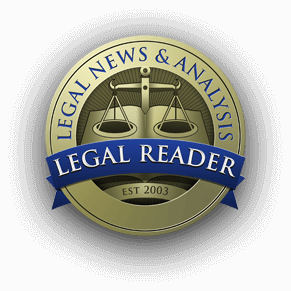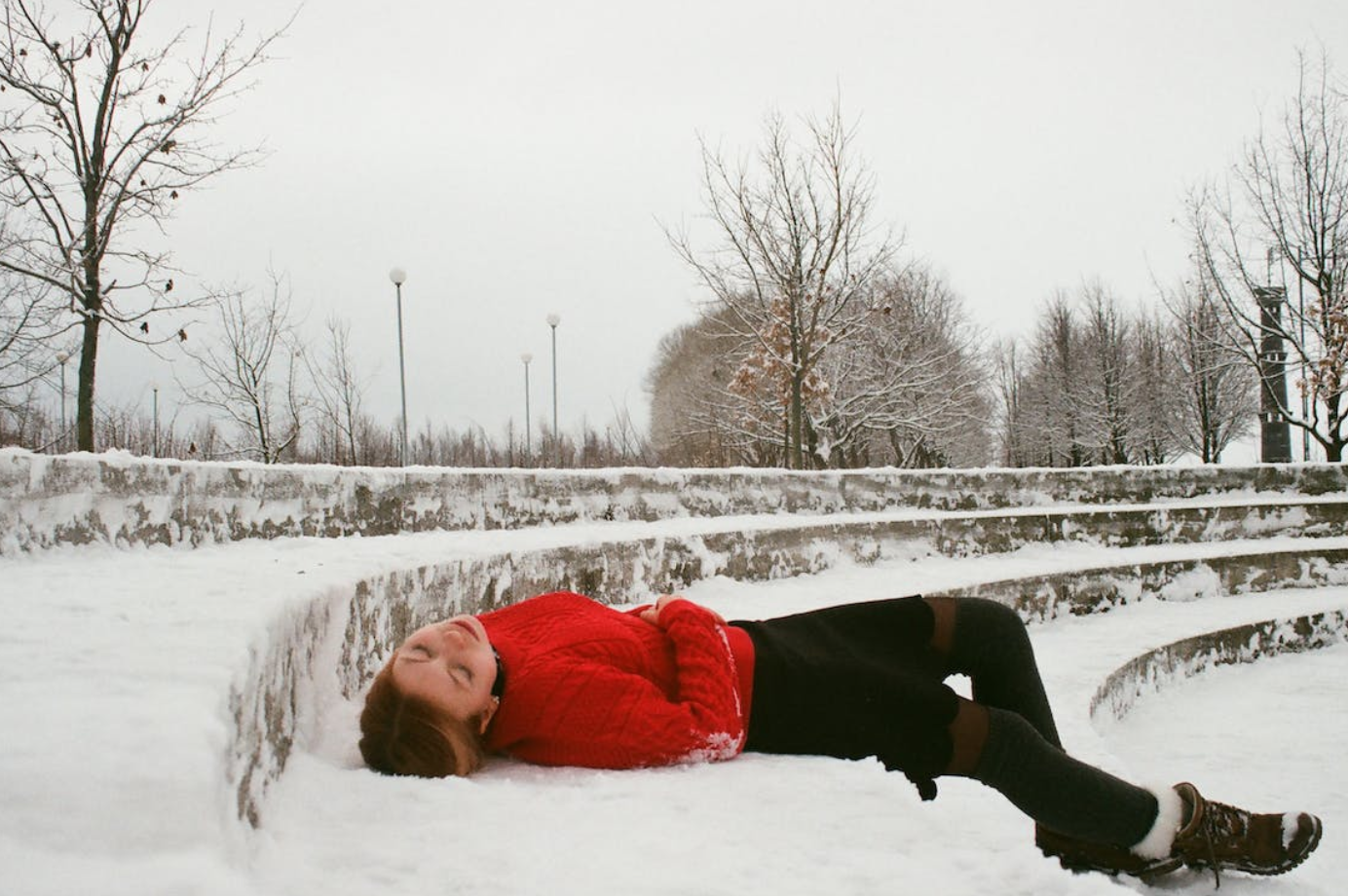Creating a safe environment not only protects individuals from harm but also shields property owners from potential liability claims.
Slip and fall accidents are among the most common personal injury claims in the United States. These incidents can occur anywhere, from grocery stores to office buildings, and often result in severe injuries, emotional distress, and significant medical expenses. For property owners, these accidents can lead to costly lawsuits and damage to their reputation. Therefore, understanding the causes and preventive measures for slip and fall incidents is crucial for maintaining a safe environment and protecting one’s business.
One of the most effective ways to prevent slip and fall accidents is through comprehensive premises inspections. These inspections involve evaluating the property for hazards and taking corrective actions before accidents occur. By implementing a proactive approach to safety, property owners can significantly reduce the risk of slip and fall incidents and safeguard their tenants, employees, and customers. This blog will explore the importance of premises inspections in preventing slip and fall accidents and offer actionable strategies for property owners to enhance safety.
The Importance of Premises Inspections
According to Donaldson & Weston, premises inspections are systematic evaluations of a property to identify potential hazards that could lead to accidents. These inspections are essential for ensuring that the property adheres to safety standards and regulations. By regularly conducting inspections, property owners can detect issues before they escalate into serious problems. For example, a wet floor or a cracked sidewalk can easily lead to a slip and fall accident if left unaddressed. Regular inspections not only promote safety but also demonstrate a commitment to maintaining a safe environment for everyone.
Furthermore, thorough inspections can provide valuable documentation that may prove crucial in legal disputes. If a slip and fall accident does occur, having a record of regular inspections can serve as evidence that the property owner took appropriate measures to prevent hazards. This documentation can strengthen the owner’s defense against liability claims, showing that they acted responsibly and followed industry best practices.
Common Hazards Found During Inspections
During premises inspections, various hazards may be identified that pose a risk to individuals on the property. Some of the most common hazards include wet or slippery floors, uneven surfaces, inadequate lighting, and poorly maintained walkways. For instance, spills in grocery stores or lobbies can create slippery conditions, while uneven sidewalks can trip pedestrians. Identifying these hazards during inspections is essential for implementing timely corrective measures.
Another significant risk factor is the presence of obstacles in walkways or common areas. Clutter, loose rugs, or furniture placed inappropriately can create tripping hazards. Additionally, outdoor areas may harbor hazards such as ice, snow, or debris that can lead to accidents. By addressing these issues during inspections, property owners can reduce the likelihood of slip and fall incidents occurring on their premises.
It is crucial for property owners to prioritize ongoing inspections and maintenance to effectively manage these hazards. Regularly scheduled inspections, combined with seasonal assessments, can help identify new risks that may arise due to changes in weather or foot traffic. By adopting a proactive approach, property owners can ensure that potential hazards are consistently monitored and addressed, ultimately fostering a safer environment for employees and visitors alike. This commitment to safety not only protects individuals but also minimizes the risk of liability claims arising from slip and fall accidents.
Implementing a Proactive Inspection Schedule
Establishing a proactive inspection schedule is vital for effective slip and fall prevention. Property owners should develop a routine for conducting inspections based on the size and type of the property. For example, high-traffic areas may require more frequent inspections compared to less frequented locations. This schedule should be documented, allowing property owners to keep track of inspections and any maintenance performed.
When conducting inspections, property owners should involve trained personnel or hire professional inspectors with expertise in safety assessments. These experts can identify potential hazards that an untrained eye might overlook. Moreover, creating a checklist to guide inspections can ensure that all relevant areas are thoroughly evaluated, fostering a consistent approach to safety assessments.
Educating Employees and Tenants
In addition to regular inspections, educating employees and tenants about safety protocols is crucial for minimizing slip and fall accidents. Staff members should receive training on how to recognize potential hazards and respond appropriately to safety concerns. For example, employees should be aware of the importance of promptly addressing spills or reporting unsafe conditions to management. This proactive attitude fosters a culture of safety within the workplace.

Moreover, educating tenants or customers about safety measures can further enhance prevention efforts. Clear signage indicating wet floors or potential hazards can help alert individuals to exercise caution. Property owners can also distribute safety tips through newsletters or informational pamphlets, reinforcing the importance of being vigilant about their surroundings.
Incorporating interactive training sessions and workshops can significantly increase awareness and engagement among employees and tenants. Role-playing scenarios or safety drills can help individuals practice responding to real-life situations, making them more prepared to act in case of an emergency. By actively involving employees and tenants in safety education, property owners not only create a more informed community but also empower individuals to take responsibility for their safety and that of others, ultimately reducing the likelihood of slip and fall accidents.
Conclusion: A Culture of Safety
In conclusion, slip and fall accidents pose significant risks for property owners and their guests. By prioritizing comprehensive premises inspections, property owners can proactively identify and mitigate hazards before they lead to injuries. Establishing a regular inspection schedule, educating employees and tenants, and fostering a culture of safety are essential components of effective slip and fall prevention strategies.
Creating a safe environment not only protects individuals from harm but also shields property owners from potential liability claims. As such, investing time and resources into safety measures is not just a legal obligation; it is a moral responsibility. By taking a proactive approach to safety, property owners can contribute to a safer community and minimize the risks associated with slip and fall accidents.


Join the conversation!